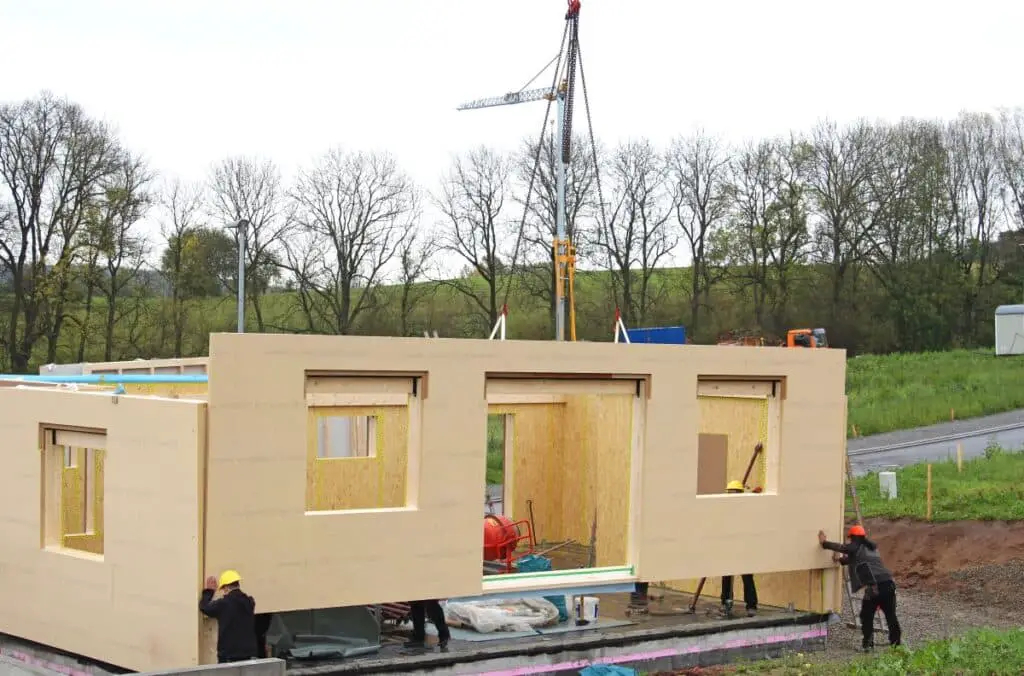Prefabricated or prefab homes are becoming increasingly popular among environmentally conscious homebuyers. These homes are built off-site and transported to the desired location, minimizing the time and resources needed for on-site construction. However, the question remains: are prefab houses actually eco-friendly?
Prefab houses are eco-friendly and built with sustainable materials. They have higher energy efficiency due to their insulation and produce less waste during construction. However, this depends on many variables, including the precise materials and designs utilized and the shipping and installation procedures.
This article will explore the numerous elements of prefab houses’ environmental effects. Read on to know whether prefab homes are sustainable for anyone trying to lower their carbon footprint.
Quick Navigation
- Benefits of Prefab Houses
- Environmental Impact of Prefab Houses
- Energy Efficiency and Insulation
- Use of Sustainable and Recycled Materials
- Waste Reduction During Construction
- Reduced Carbon Footprint During Transportation and Assembly
- Conclusion
Benefits of Prefab Houses
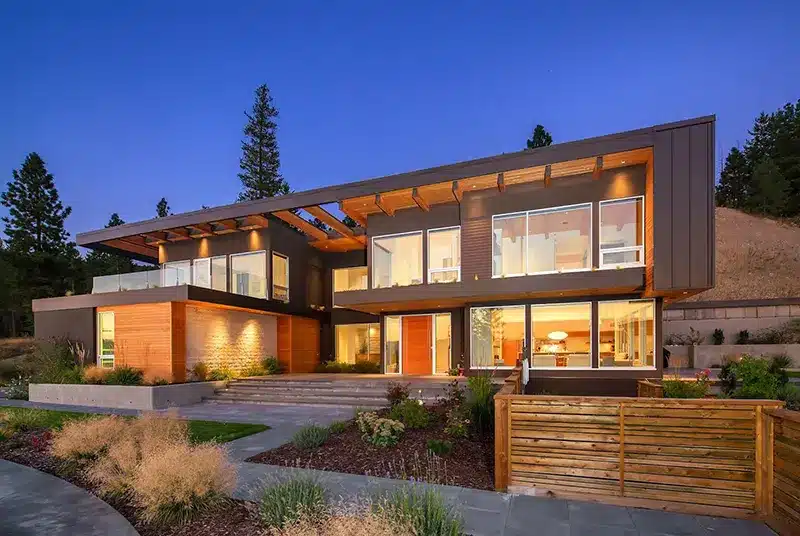
Prefab houses, or modular homes, are gaining popularity as an alternative to traditional stick-built homes. The benefits of prefab houses include:
Efficiency in Construction and Assembly
Prefab houses are built off-site in a controlled environment, resulting in a more efficient construction process. The assembly line production approach allows for consistent quality and fewer errors.
This off-site construction process minimizes on-site labor and construction time, reducing the environmental impact.
Cost-effective and Affordable Price
Affordable green prefab homes are more cost-effective than traditional houses. Off-site construction means less labor and material waste, leading to cost savings.
Additionally, the insulation used in prefab homes leads to higher efficiency, which can result in lower energy bills. Prefab homes also have lower maintenance costs due to their construction quality.
Customizable Design Options
Prefabricated houses come in a wide range of design options, and customization is available to meet specific needs and preferences.
Homebuyers can choose from various sustainable and eco-friendly materials. The customization options allow for more personalization and flexibility in the home’s design.
Durability
The quality of the materials used and the regular upkeep of the home are just a few of the variables that might affect how long prefab houses last.
A prefab house may be as durable as a conventionally built home if it is designed using high-quality materials and good construction methods.
Moreover, prefab homes are often constructed in a controlled factory environment, which may assist to reduce mistakes and guarantee uniformity in building.
Environmental Sustainability
Prefab houses can be more ecologically friendly than traditional houses. Waste is minimized, and the environmental effect is lessened throughout the off-site building procedure.
Prefab houses may also be built using environmentally friendly and sustainable materials, lowering the carbon footprint of the construction process.
Eco-friendly prefab homes are a valuable and affordable alternative to conventional stick-built homes because of their advantages. They provide more efficiency, design possibilities, and a less environmental footprint.
Considering these advantages, it’s understandable why modular houses are a preferred option for purchasers.
Environmental Impact of Prefab Houses
Prefab houses offer many benefits, including insulation and reduced waste during construction. They also have a lower carbon footprint during transportation and assembly.
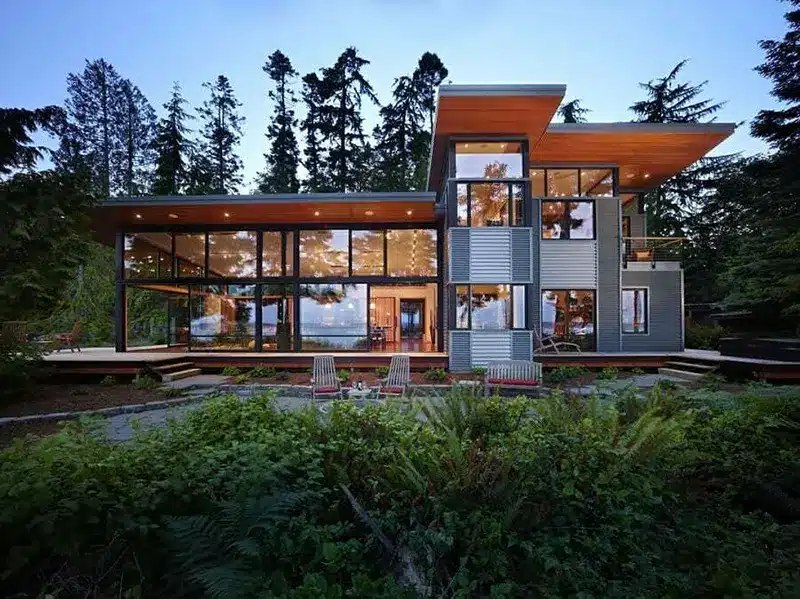
Now, before we get a closer look at the environment benefits of prefab houses, here’s a table comparing the carbon footprint of prefab homes versus traditional site-built homes:
| Factors | Prefab Homes Traditional | Site-Built Homes |
| Manufacturing Emissions | Fewer emissions during the manufacturing process as they are produced in a controlled factory setting with standardized materials and methods. | Often require more on-site materials and manual labor, which can result in higher emissions during the construction process. |
| Transportation Emissions | Produce more emissions as they are transported from the factory to the construction site. This can vary depending on the location of the factory and the site. | Also require transportation of materials to the construction site, depending on the distance and mode of transportation. |
| Energy Efficiency | Tend to be more energy-efficient due to their standardized construction and use of energy-efficient materials. | Can vary depending on the materials used and construction methods employed. |
Energy Efficiency and Insulation
When it comes to energy efficiency in prefab houses, insulation is a crucial component. Proper insulation reduces the energy needed to heat and cool the home, reducing energy bills and reducing environmental impact.
Importance of Insulation in Reducing Energy Usage
Insulation is crucial in reducing energy usage in prefab houses because they are manufactured off-site and assembled on-site, resulting in potential energy efficiency challenges.
Lightweight materials are often used to construct prefab homes, which may lead to poor thermal efficiency. Good insulation may aid in reducing heat gain and loss throughout the warmer and colder seasons.
As a result, the occupants may experience cheaper energy costs and more pleasant living conditions.
The use of energy-intensive heating and cooling systems may be decreased with insulation. Insulation may lower energy usage and related expenses by increasing a prefab house’s energy efficiency.
Proper insulation in a prefab house can help maintain a consistent temperature, reducing fluctuations in temperature and improving overall comfort.
This is particularly important in extreme weather conditions, where insulation can help keep the interior cooler in summer and warmer in winter.
Energy-Efficient Building Materials and Appliances
Energy-saving appliances and construction supplies are essential to enhancing the sustainability of prefab homes and lowering their total energy use.
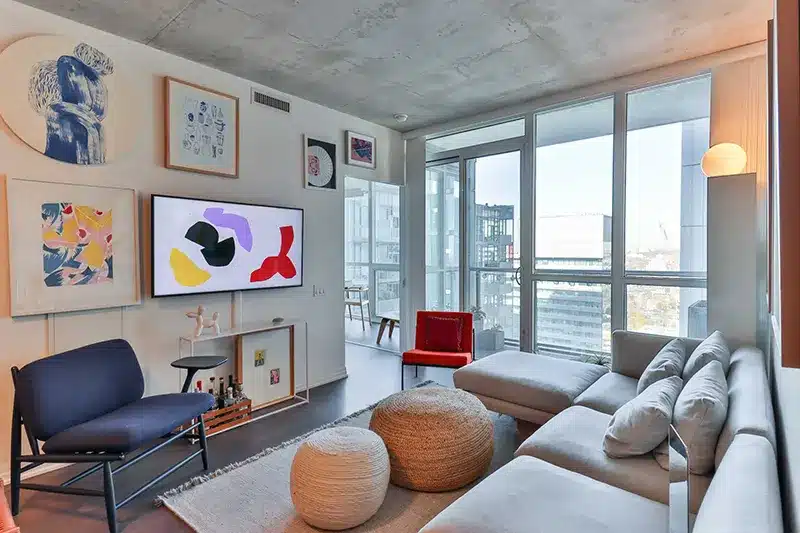
High-performance windows and doors with low-E coatings, double or triple-pane glass and an insulated house frame can reduce heat transmission and increase efficiency.
HVAC systems with high efficiency may aid in lowering energy expenses. Features like zoning systems and programmable thermostats may also increase efficiency.
Appliances with the Energy Star certification use less water and energy than non-certified models, which lowers energy costs.
Prefab homes benefit significantly from using energy-efficient construction materials and equipment, including cheaper energy costs, less environmental effects, and a more pleasant living environment.
Prefab house owners may build a more sustainable and energy-efficient home by considering these alternatives throughout the design and building phases.
Advantages of Passive Solar Techniques in Prefab Houses
The utilization of natural light and heat from the sun is maximized in passive solar architecture, a building construction method that lowers energy usage and enhances interior comfort.
By reducing energy consumption, passive solar design can result in cost savings on energy bills. Prefab houses incorporating passive solar design can also benefit from lower maintenance costs and longer life spans due to less wear and tear on mechanical systems.
Passive solar design can create a more comfortable living space by maintaining a more consistent indoor temperature and reducing temperature fluctuations.
It can also enhance the natural lighting in the interior space, creating a more inviting and enjoyable environment.
Prefab houses incorporating passive solar design can have a higher resale value due to their energy efficiency and sustainable design.
Use of Sustainable and Recycled Materials
Prefab houses offer the potential for sustainable living by using eco-friendly materials, including sustainable and recycled materials.
By incorporating these materials into the construction process, prefab houses can have a reduced environmental impact.
Sustainable Materials
Sustainable materials are essential in making prefab houses more environmentally friendly and sustainable.
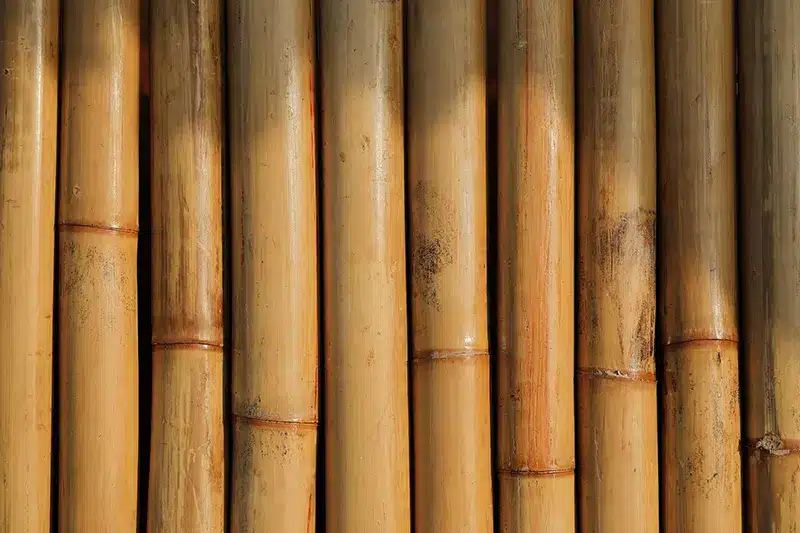
Choosing renewable materials, such as bamboo, cork, and wool, can reduce the environmental impact of a prefab house. These materials can be grown and harvested sustainably without depleting natural resources.
Using sustainable insulation materials like cellulose and wood fiberboard can reduce energy consumption and help maintain a comfortable indoor temperature.
Choosing sustainable flooring materials, such as bamboo, cork, or reclaimed wood, can reduce the environmental impact of a prefab house. These materials are renewable and require less energy to produce and transport.
Recycled Materials
Prefab housing is a terrific method to eliminate waste, save natural resources, and lessen the adverse effects of building on the environment.
Prefab homes incorporating salvaged wood have less waste and more personality and warmth overall. Using recycled steel helps preserve natural resources and uses less energy than producing new steel.
In addition, recycled plastic may be utilized for cladding, roofing, and insulation in prefabricated and modular homes.
Using recycled plastic in prefab homes lessens construction’s effect on the environment and plastic trash generation.
Recycled glass is used for the prefab house’s windows, doors, and other glass components. Using recycled glass reduces the need for new glass production, conserves natural resources, and reduces waste.
Green Certifications
Many prefab house manufacturers, such as Passive House, offer green certifications to showcase their commitment to sustainable living.
These green building certifications can also help homeowners qualify for tax incentives and rebates.
Using recycled and sustainable materials in prefab homes may significantly impact the ecology.
Although recycled resources, like recovered wood and recycled steel, may minimize waste and lessen the carbon footprint of the building process, sustainable materials, like bamboo and straw, are renewable and biodegradable.
Green certifications may also assist home buyers in locating sustainable and environmentally friendly prefab homes.
Prefab homes may be an eco-friendly and sustainable dwelling alternative by utilizing these materials in the building process.
Importance of Sustainable Forestry Practices for Wood-Based Products

Producing wood-based goods for prefab homes requires the use of sustainable forestry techniques.
Natural resources and ecosystems are protected and preserved by using sustainable forestry methods to manufacture wood-based goods. This promotes biodiversity conservation, safeguards animal habitats, and stops deforestation.
The adverse effects of producing wood-based goods on the environment are reduced because of sustainable forestry techniques.
This entails reducing the use of chemicals and other dangerous substances, saving water, and lowering carbon emissions.
Sustainable forestry practices ensure that the wood used in prefabricated homes is of high quality, which can improve the longevity and durability of the home.
This means the home will require fewer repairs and replacements, reducing waste and conserving resources.
Waste Reduction During Construction
The process of eliminating waste and optimizing the effective use of resources during the production and assembly of prefabricated building components or modules is known as waste reduction in the construction of prefab buildings.
The objectives are reducing waste creation, promoting material recycling or repurposing, and improving overall effectiveness.
Benefits of Off-site Construction for Reducing Waste
Off-site construction, also known as prefabrication, provides several benefits for reducing waste during the construction process.
By manufacturing building components in a controlled factory environment, prefab construction can help reduce waste in various ways.
Off-site construction comes with more precise cutting and measurement. Building components may be cut to precise measurements with little wastage by employing computer-aided design (CAD) and computer numerical control (CNC) machinery.
Off-site construction also allows for better material management and recycling. Materials can be efficiently sorted, reused, or recycled in a factory setting, reducing waste sent to landfills.
This is especially important for construction materials with limited availability or high environmental impact, such as timber, steel, or concrete.
Finally, off-site construction can improve building site management, reducing waste from other construction activities.
Since prefab components are delivered to the construction site when they are needed, there is less need for on-site storage and handling of materials. This can reduce the risk of material damage or loss and theft or vandalism.
Recycling and Repurposing Waste Materials
Another tactic for reducing waste during prefab home building is recycling and reusing waste materials.
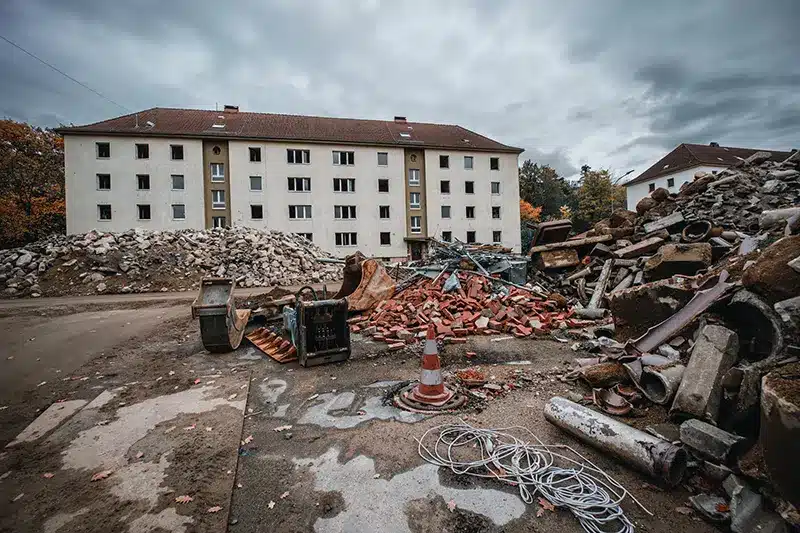
Reusing waste materials may reduce the demand for new resources and lessen the overall environmental effect of the building. Examples of reusable materials include concrete, asphalt, and other construction debris.
Use of Modular Design to Reduce Waste and Improve Efficiency
Modular home design is another strategy for waste reduction during the construction of prefabricated homes.
Modular home design involves designing building components or modules that can be easily assembled on-site. This efficient design results in less waste and better utilization of materials.
Modular techniques allow for precise measurements and prefabrication, which results in less waste. It also allows for the reuse of building components, reducing waste and lowering the overall environmental impact of construction.
Reduced Carbon Footprint During Transportation and Assembly
Reducing the carbon footprint during the transportation and assembly of a prefab home involves implementing strategies to minimize greenhouse gas emissions during the transportation and assembly of prefabricated building components or modules.
The goal is to reduce the environmental impact of transportation and assembly and promote sustainable practices.
Advantages of Factory Assembly for Reducing Transportation Emissions
Factory assembly, or the manufacturing of building components or modules in a controlled environment, can reduce transportation emissions in several ways:
Consolidation of shipments: Building components can be shipped in larger batches, reducing the number of shipments required and the associated transportation emissions.
Optimization of delivery routes: By planning delivery routes, transportation can be optimized to reduce the distance traveled and minimize emissions.
Reduced on-site transportation: With off-site construction, the time required for on-site transportation is reduced, resulting in fewer emissions from on-site transportation.
Use of Renewable Energy Sources During Manufacturing and Transportation
A key element of sustainable homes techniques is using renewable energy sources in producing and delivering prefab homes.
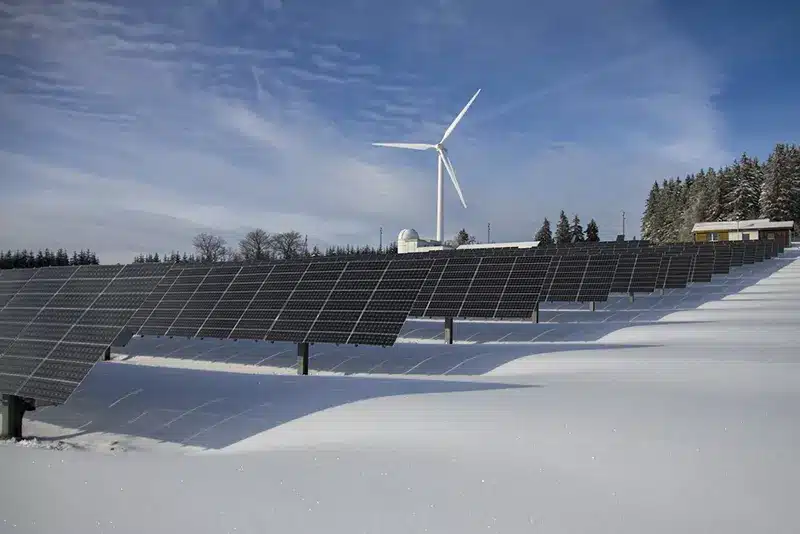
Renewable energy sources may provide several advantages by lowering dependency on fossil fuels and promoting the switch to clean energy.
Renewable energy sources may often be produced on-site or obtained from neighboring facilities, releasing little to no greenhouse emissions. This may lessen the effects of prefab home manufacturing and shipping on the environment.
In addition to environmental benefits, using renewable energy sources can also help lower energy costs during the manufacturing and transportation of prefab homes.
Using renewable energy sources can support increased energy independence and resilience.
By generating energy on-site or sourcing it from nearby facilities, prefab house manufacturers and transporters can reduce their reliance on external energy sources and minimize the risk of energy supply disruptions.
Benefits of Locally Sourced Materials for Reducing Transportation Emissions
Locally sourced materials require less transportation, reducing emissions from transportation. Using locally sourced materials also supports the local economy and promotes sustainable practices.
Reducing the carbon footprint during the transportation and assembly of prefab homes involves implementing strategies to minimize greenhouse gas emissions during the transportation and assembly of prefabricated building components or modules.
This includes using renewable energy sources, consolidating shipments, optimizing delivery routes, using electric vehicles, and using locally sourced materials.
Conclusion
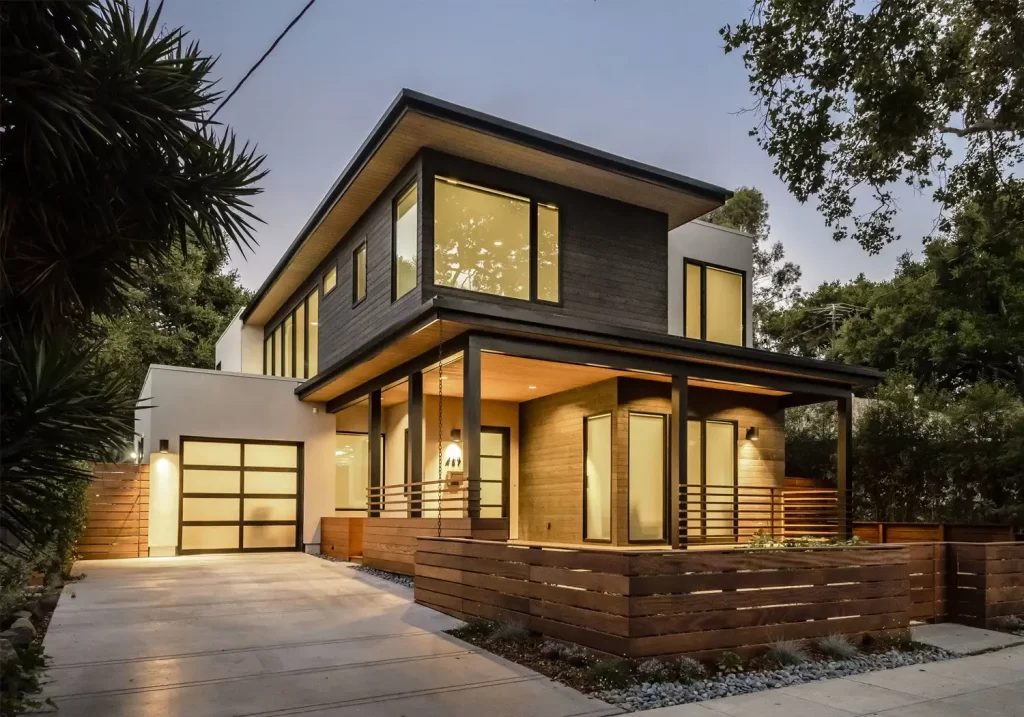
Prefab houses are eco-friendly and sustainable thanks to their reduced waste generation, efficient use of materials, and minimized carbon footprint during transportation and assembly.
The benefits of off-site construction, recycling waste materials, and using renewable energy sources and locally sourced materials all contribute to making prefab homes a greener option for residential buildings.
The eco-friendliness of prefab homes might vary depending on the design and materials utilized, so it’s crucial to remember that.
Because of this, it’s crucial to thoroughly assess each prefab house’s environmental effect and choose a design that supports your sustainability objectives.

